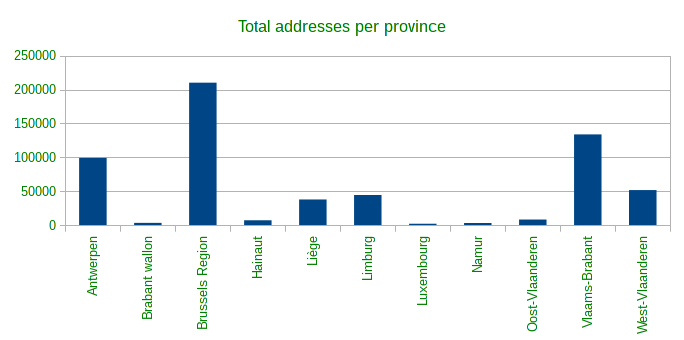Today, the GRB database was opened to the public on the Flemish Open Data license (which is compatible to ODBL).
The GRB is a massive dataset, it contains many different types of data:
- Administrative parcels
- Building outlines
- Building-attachments (stairs, roofs, …)
- Man-made objects: bridges, chimneys, water towers,
- landuse: railway-areas, highway-areas, residential, natural, recreational, …
- road-related features: bus shelters, bicycle parkings, curbs, guardrails, poles, manholes, …
- highway and waterway areas and center lines and even more
Of course, it will be a massive job to figure out how the relation to OSM is, and if the features can be imported in some way. But I think we’ll be able to handle this.
